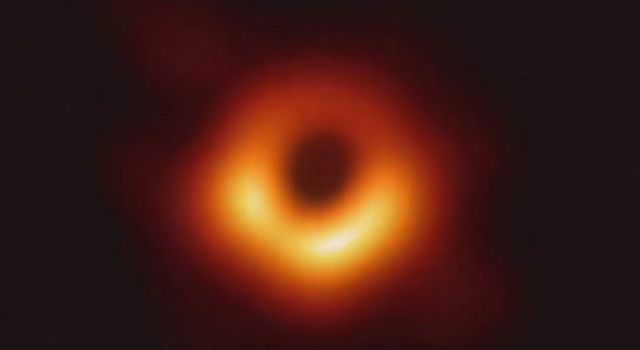The overall concept of a black hole is the idea of “Trapping”, some can enter the black hole but cannot escape. Black holes exist due to gravity. Gravity is a universal force that makes everything attract everything else. If you put a lot of masses within the same region, then they will be pulled in from the attraction of a different mass, creating a black hole. The story of the black hole went through 4 iterations.
Iteration #1:
– Newton’s Law of Gravitation
– Newton’s Law of Motion
– In 1783 John Mitchell used Newton’s principles to come up with the idea of a dark star
– This came to a dead end because it isn’t considered a black hole due to Newton’s laws state that things can escape rather (not a black hole)
Iteration #2:
– Albert Einstein’s Theory of General Relativity in 1915
– General relativity is a consistent theory on its own, and this theory predicts the existence of black holes which trap anything that falls into them.
Iteration #3:
– Stephen Hawkings in 1975 still uses the idea of general relativity but adds the thought of quantum theory.
– a problem that comes up is the black hole paradox
– in this third iteration, we find that mass (or equivalently, energy) is not trapped, while information is either lost or trapped, depending on our assumptions about the endpoint of black hole evaporation.
Iteration #4:
– Gravity is described by a quantum theory of spacetime
– Matter is described by quantum theory as well
– the hole takes the form of a fuzzball, which traps neither energy nor information
